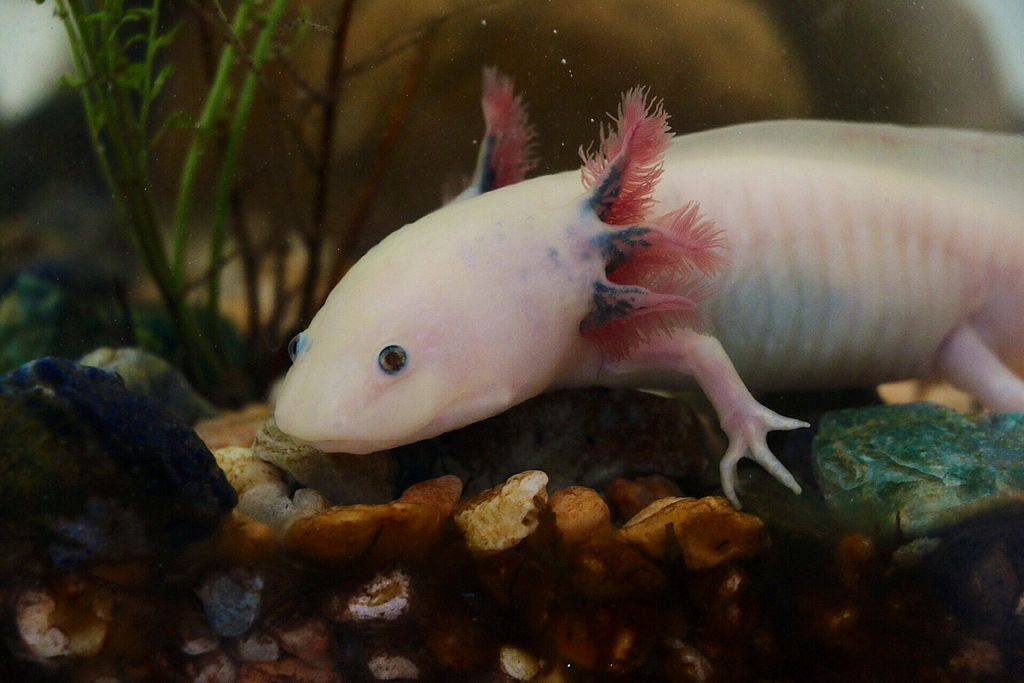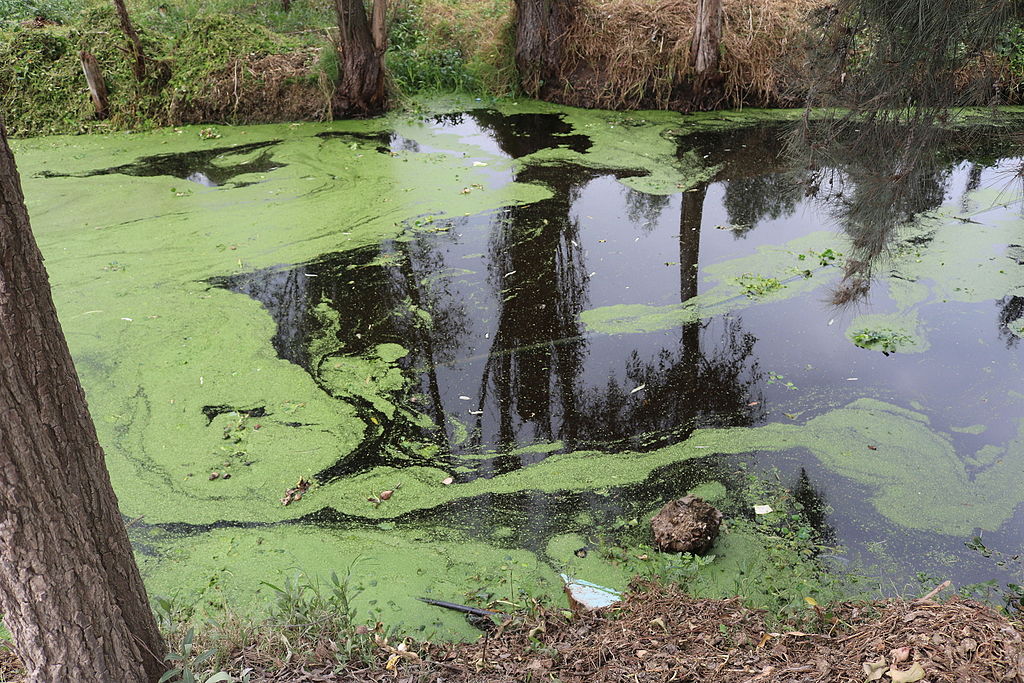Lake Xochimilco, Mexico —(Map)
Scientists are worried about the future of the axolotl, an unusual Mexican salamander, and they’re asking for help. A new program lets people “adopt” an axolotl to raise money to support efforts to save the endangered animal.
The axolotl (pronounced “aho-LO-tul”) is a strange, but amazing animal. It’s a kind of salamander, with a long body, short legs, and a long tail. Its body is covered with smooth, slimy skin.
Most salamanders go through a big change which allows them to live on land instead of in water. But axolotls never do. They keep their gills and live their whole lives in the water.

(Source: Amandasofiarana [CC BY-SA 4.0], via Wikimedia Commons.)
Axolotls are famous for their ability to heal themselves. If an axolotl loses a leg, or even part of its heart, brain, or lungs, it can regrow them. Scientists have long been interested in how the axolotl does this. Some people think the information could help solve some human medical problems.
There are several different species of axolotls in Mexico. All of them are seriously endangered. The Mexican axolotl, which is the best-known, is only found naturally in Lake Xochimilco near Mexico City. This is not a big, open lake, but a collection of canals and smaller bodies of water.
Sadly, axolotls are in trouble. The number of axolotls in Xochimilco has dropped 99.5% in less than 20 years. Scientists used to find thousands of axolotls in a fairly small area. Now, they’re only finding dozens.

(Source: EmyPheebs [CC BY-SA 4.0], via Wikimedia Commons.)
There are a number of reasons for the drop in axolotls. One is that the water in the canals has become more and more polluted. Another is that there are invasive fish in the lake which are eating the axolotl’s food, and even their babies.
Scientists at Mexico’s National Autonomous University (UNAM) have been working for years to try to protect the axolotls.
Last year, the UNAM scientists started a program they called “AdoptAxolotl”. They asked people to donate money to help pay for efforts to save the axolotl.
The program was a big hit, and raised more than $26,000. The money was used to help clean up some of Xochimilco’s canals and for a program to raise axolotls in a safe environment.
😕
This image has not been loaded because of your cookie choices. To view the content, you can accept 'Non-necessary' cookies.
UNAM scientists have been working for years to protect axolotls. Last year, they started a program they called “AdoptAxolotl”. The program raised money to help clean up some of Xochimilco’s canals and to raise axolotls in a safe environment. Above, axolotls at UNAM in 2014.
This year, the scientists are trying AdoptAxolotl again. The scientists hope the new program will raise even more money than last year.
The program offers several ways for people to support axolotls. For $30, you can virtually “adopt” one of the animals for a month. Smaller donations can help pay for food for an axolotl. Larger donations are aimed at improving areas where axolotls live, and include a visit to the protected area where UNAM is raising axolotls.
The money raised will be used to support the scientists’ work, and help restore the axolotl’s natural home in the canals of Xochimilco. The scientists hope to raise enough money to do a careful count of how many axolotls are left in the wild. This will help them figure out the best ways of protecting these amazing creatures.
The website for UNAM’s AdoptAxolotl program can be found here.
😕
This map has not been loaded because of your cookie choices. To view the content, you can accept 'Non-necessary' cookies.
